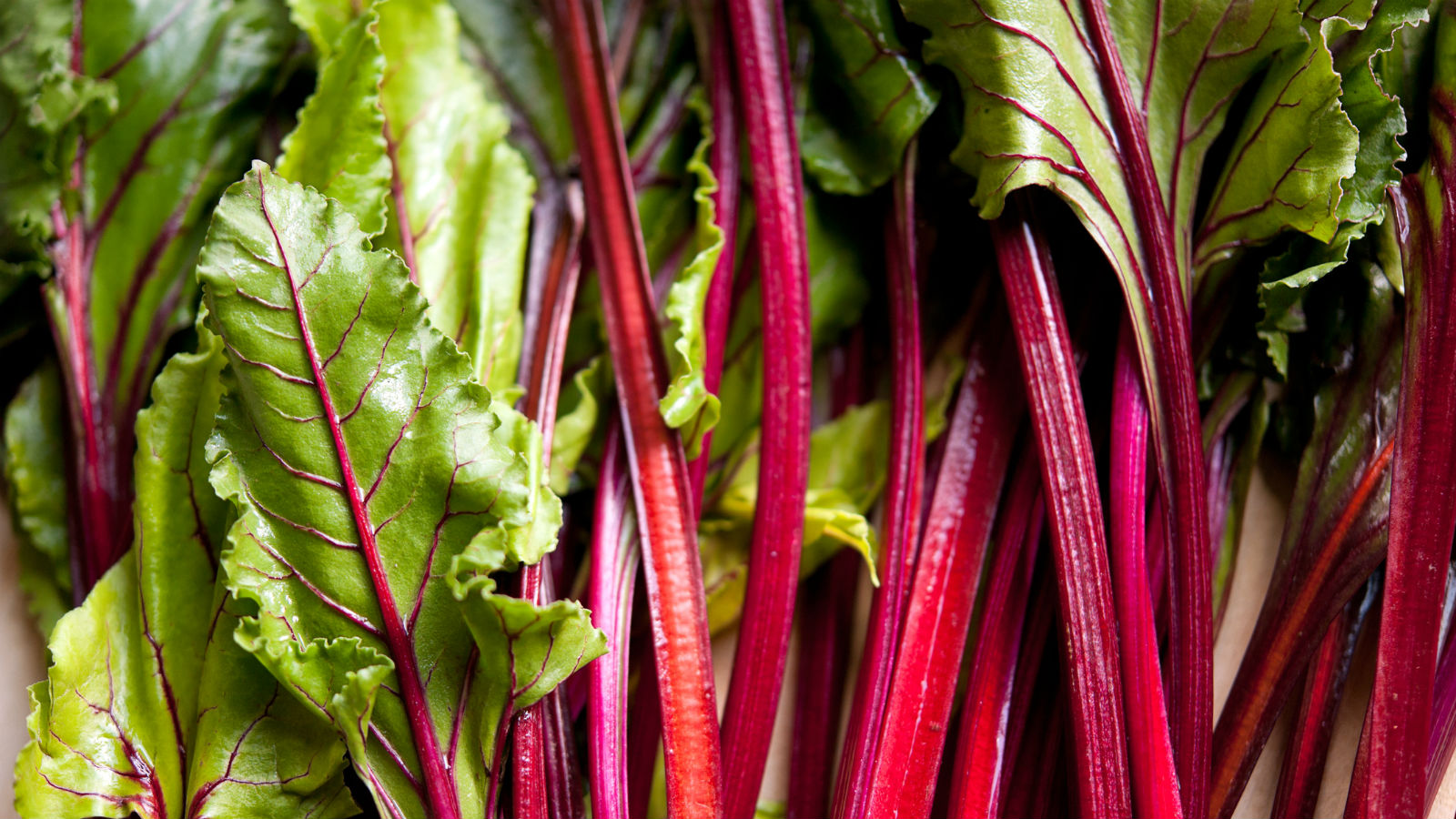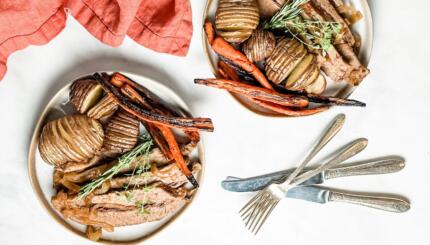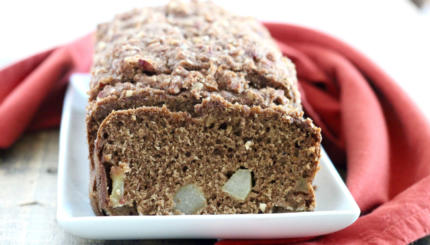While Rosh Hashanah is generally known for its sweet foods like apples and pomegranates, there’s an ancient, slightly less-sweet, Sephardic tradition of eating foods for what they represent rather than what they taste like. Dark and leafy beet greens, plucked from their sweet, earthy roots are one of those foods.
It all stems from the fact that beet greens were once the favored part of the crop. Gil Marks wrote in The Encyclopedia of Jewish Food that early Mediterranean farmers cultivated beet greens and not their roots, which were stringy and small — and not desired until much later. It wasn’t until the mid 1500s that the modern juicy red beet root was cultivated, in Germany or Italy.
On Rosh Hashanah, beet greens or chard (“silka” in Aramaic) became a symbol for the new year, along with squash, fenugreek, leeks and dates, each with their own symbolic meaning.
These foods are served and reflected upon with special blessings full of word play and puns during the the Sephardic Rosh Hashanah seder. Beet greens (“selek” in Hebrew and “silka” in Aramaic), for example, embody the hope that all enemies will be removed in the new year. Both “selek” and “silka” resemble ways of saying “removal” in Hebrew and Aramaic.
Over time, beet roots were favored over their leafy tops, but today, resourceful cooks are using the whole plant. If it’s there, why not put it to use? You’ll reduce your food waste and boost your meal with added vitamins and minerals while you’re at it.
You can find beets and their greens at farmers markets or in well-stocked produce sections. You’ll have to remove the greens from the beets yourself, and it’s best to do this as soon as you can—that way, the beets stay firm and the leaves stay fresh. I often remove the leaves and place them in a separate bag right after I purchase them at the farmers market, so that they don’t get damaged on the way home.
Cooking the greens is the easy part—just use them in place of spinach or Swiss chard. And don’t worry, you can cook the stems too — my favorite thing to do is add them to vegetable stock or saute them with the leaves.
Here are several recipes that might inspire you to bring the beet greens into your Rosh Hashanah tradition.
Iraqi False Mahshi: Layered Swiss Chard, Beets, Rice and Beef from The New York Times
Fried Beet Greens Meatlessballs from Food 52
Greek Beet and Beet Greens Pie from The New York Times
Sauteed Beet Greens with Garlic and Walnuts from Edible Berkshires
Salad of Beet Greens and Walnuts from the Los Angeles Times





